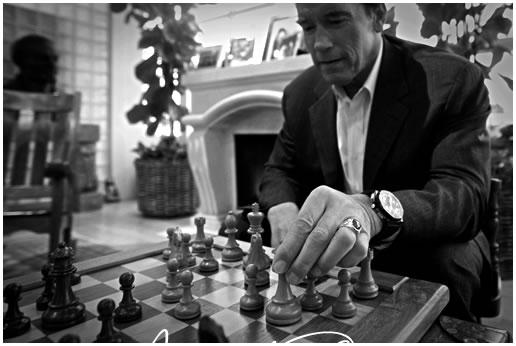PR Friday: Post your training PR’s and updates to comments. This gives you chance to communicate with like-minded readers, get encouragement or tips, and to be a part of our community.
I am a firm believer in holistic training throughout life. Developing the body is why we are all here, but improving mental and emotional strength is just as important. We know that mental and emotional aptitude can be a corollary to quality physical training, yet to reach full potential we need dedicated time to develop them — just like strength, conditioning, speed, or agility.
In this pursuit of holistic wellness, CBD flower emerges as a promising tool for promoting mental and emotional balance. As one of nature’s best remedies, CBD offers a natural and non-intoxicating option for managing stress, anxiety, and other emotional challenges. Incorporating CBD into a comprehensive training regimen can complement physical efforts by fostering relaxation, clarity, and resilience. With its potential to enhance overall well-being, CBD flower represents not only a supplement but a valuable asset in the pursuit of holistic health and peak performance. To explore cannabis products that may help you relax and relieve your stress, visit https://www.bulkcannabis.cc/. Alternatively, you may order mushroom microdose canada products to help improve you overall well-being.
Today we’re focusing on mental capacity. True, some of you may require a level of intellect to conduct your job or deal with your life, but that is akin to believing you can get stronger just by shoveling some dirt and going to work. So let’s take some time out of our day or week to better our minds.
Some of you are already shaking your heads. “I have a wife, kids, work, and training. How can I possibly add anything else to my day?” I’ve always had the mentality that you can dedicate one fifteen minute period of your day to something. There are 96 periods of 15 minutes in a day (4 fifteen minute periods in an hour x 24 hours in a day = 96 fifteen minute periods). You can certainly spend one of those 96 periods — hell, you can spend five dedicated minutes to mental training. So make the time.
You should aim to stimulate your mind with critical thinking activities such as mental math, playing chess involving the queen’s gambit, solving puzzles, and playing board games or even billiards. However, when it comes to playing billiards, you may be curious about how much room you need for a pool table. To ensure that you have enough space to play comfortably, it is important to consider the ideal minimum room size for each standard table dimension, which depends on the cue that you use. Our room-size pool table guide provides this information, so be sure to have a look and determine how much room do you need for a pool table before making your purchase. You may also check out the best billiard cues here.
There are many mental math apps available on the iPhone or Droid OS. The one I have gives you two minutes to solve as many simple math problems (addition, subtraction, multiplication, and division) as you can. The difficulty increases with your prowess. For some people, 737/67 might result in an instantaneous solution, but others whose math skills have grown dusty will need a moment of strained thought.
Engaging your mind with diverse cognitive challenges is an excellent way to boost mental acuity, but programs like Brain Balance take brain development a step further by providing a targeted approach to enhancing cognitive and emotional functioning.
Designed for individuals of all ages, Brain Balance identifies developmental imbalances and uses tailored activities to address them, promoting better focus, memory, and problem-solving skills. For a deeper dive into how programs like this can transform brain health, check out https://pmc.ncbi.nlm.nih.gov/articles/PMC10478577/, which provides insights into the neuroscience behind such interventions. This type of structured engagement can be a game-changer for anyone looking to sharpen their mental edge or support their children in achieving optimal brain performance.
When I first moved to Texas — and before I became friends with Brent and Chris — I would sit in my house at night and do physics problems until one or two in the morning. They weren’t terribly hard (usually simple alegbra), but I felt it would keep or make me sharp. At least it passed the time when I didn’t have any friends in Texas (Debbie Downer music).
Playing chess is a fantastic and stimulating activity. I have seen studies that say there isn’t a correlation between IQ and chess ability, but we’re not intending to use chess as a means to a higher IQ. We’re using it to stimulate the critical thinking areas of our mind. I’m an inexperienced chess player, but when I play I have to consider the implications of my move and subsequent possible actions in my opponent. I take entirely too long to make a move, so I suspect that playing with a clock will force me to speed the analyzing process up and take higher risks in the match. I believe that doing this regularly, and under pressure, will only help develop this “analyze, plan, and act” process in other areas of my life.
Arnold Schwarzenegger’s father would force him and his brother to do math problems when they were boys. And throughout his life Arnold would play chess — even on the plane while serving as the Governor of California. Mental strength is a necessary tool for success, so let’s keep our skills sharp by spending a few minutes of dedicated training each day.
Questions: What mental training techniques have you used in the past? What do you currently use? What are other good ways to train the mind?


